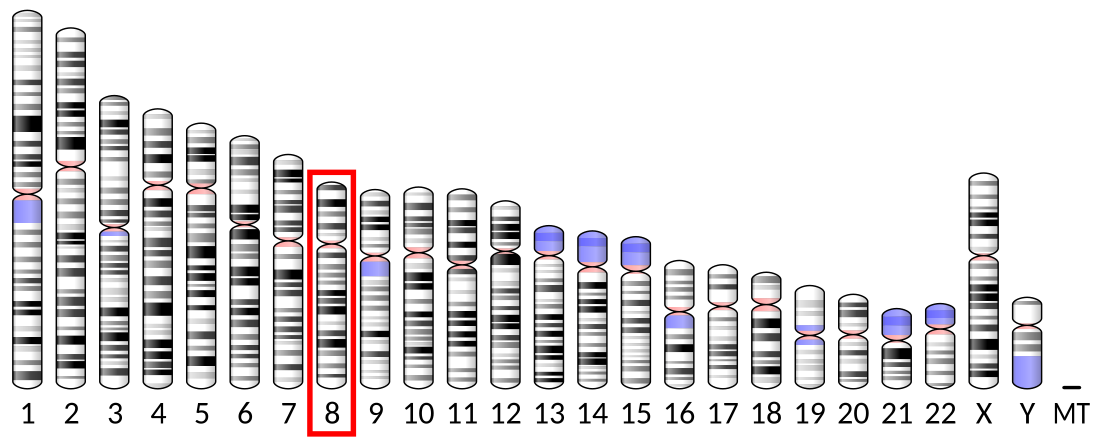Top Qs
Timeline
Chat
Perspective
Pyruvate dehydrogenase phosphatase
Protein-coding gene in the species Homo sapiens From Wikipedia, the free encyclopedia
Remove ads
Pyruvate dehydrogenase phosphatase catalytic subunit 1 (PDPC 1), also known as protein phosphatase 2C, is an enzyme that in humans is encoded by the PDP1 gene.[5][6] PDPC 1 is an enzyme which serves to reverse the effects of pyruvate dehydrogenase kinase upon pyruvate dehydrogenase, activating pyruvate dehydrogenase.
Remove ads
Function
Pyruvate dehydrogenase (E1) is one of the three components (E1, E2, and E3) of the large pyruvate dehydrogenase complex. Pyruvate dehydrogenase kinases catalyze phosphorylation of serine residues of E1 to inactivate the E1 component and inhibit the complex. Pyruvate dehydrogenase phosphatases catalyze the dephosphorylation and activation of the E1 component to reverse the effects of pyruvate dehydrogenase kinases.
Pyruvate dehydrogenase phosphatase is a heterodimer consisting of catalytic and regulatory subunits. Two catalytic subunits have been reported; one is predominantly expressed in skeletal muscle, and another one is much more abundant in the liver. The catalytic subunit, encoded by this gene, is the former, and belongs to the protein phosphatase 2C (PP2C) superfamily. Along with the pyruvate dehydrogenase complex and pyruvate dehydrogenase kinases, this enzyme is located in the mitochondrial matrix.[5]
Remove ads
Regulation
Pyruvate dehydrogenase phosphatase is stimulated by insulin, PEP, and AMP, but competitively inhibited by ATP, NADH, and Acetyl-CoA.
Clinical significance
Mutation in the PDP1 gene causes pyruvate dehydrogenase phosphatase deficiency.[5][clarification needed]
References
Further reading
External links
Wikiwand - on
Seamless Wikipedia browsing. On steroids.
Remove ads




